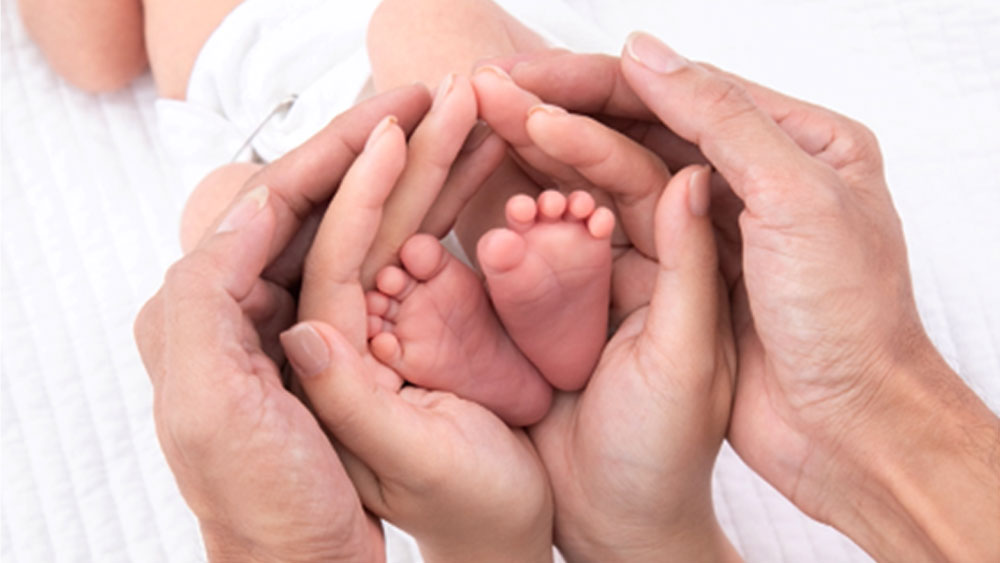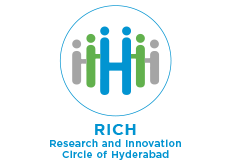Improving Maternal and Child Health, Forging a Brighter Future

At the start of this century, India had an infant mortality rate of 92. This meant that 92 children out of every 1000 live births did not survive. Today, that number has come down to about 30. In the same time frame, the global infant mortality rate has halved. In fact, both in India and the world, maternal mortality rates have seen a similar decline. This has been achieved through a combination of focused policies and interventions backed by great advancement in science, technology, and healthcare.
Yet, while we’ve come this far, there is a long way to go. Because the goal is not just reduced mortality, but holistic well-being, a positive experience, and an overall high quality of life for mother and child.
Achieving overall well-being: Looking at the full maternal and child healthcare cycle
To achieve high quality of life for mothers and children, care must be affordable and accessible across the maternal and child health cycle, from pre-pregnancy to newborn care.
For instance, in the pre-pregnancy period, it is crucial to ensure sexual and reproductive health among people of all genders. This includes an awareness of contraception and sexually transmitted diseases, physical health with respect to hormonal balance, and mental and social well-being. In addition to maternal and child mortality, reproductive health should, perhaps, be the third pillar of any country’s public health agenda in the maternal and child healthcare domain, because despite the rising world population, global fertility rates are at a historic low, discussions related to women’s health and sexuality remain largely closeted, and societal debates on women’s freedom to choose for their own body, unfortunately, rage strong.
Pregnancy: The first part of the maternal and child healthcare cycle
During pregnancy, the story becomes more complex. Pregnant women often experience health-related complications that poorly impact the growing foetus. These can range from minor complications like anaemia and urinary tract infections to severe ones including gestational diabetes, preeclampsia, miscarriage, and preterm labour. Necessary healthcare—even something as simple as routine healthcare such as blood-pressure measurements—right from the initial stages of pregnancy, to monitoring the growing foetus until childbirth, can prevent a high-risk pregnancy. Additionally, rapid diagnostic tests to detect complications such as preeclampsia, or AI-based new medical device technologies to detect foetal abnormalities, can enable timely interventions, improving the chances of a healthy pregnancy.
Post childbirth: The next part of the maternal and child healthcare cycle
It is often assumed that childbirth concludes the high-risk phase of the pregnancy journey. But right after giving birth, both the mother and her baby are highly vulnerable to complications. Today, approximately 400,000 babies die globally each year due to sepsis and other infections.
Thus, it is important to provide the mother and her baby with high-quality post-natal child healthcare. This includes frequent postnatal check-ups to ensure that the baby does not have any undetected abnormalities, is breastfeeding normally, is fed nutritious food, and is not susceptible to any infections. One way to achieve this remotely is by monitoring the vital signs of newborn babies in real time. This can ensure that in case babies experience distress, or injuries, or are in high-risk situations, they receive immediate help.
Similarly, the mother’s health post-birth should also be monitored, since new mothers are at an increased risk of complications including cardiovascular diseases, post-partum depression, internal haemorrhage, urinary tract infections, and sepsis, to name a few.
The current state of healthcare for mothers and children
The World Health Organization has laid out universal standards to meet maternal and child healthcare goals over this wide range of requirements, including socio-economic needs and conditions such as basic sanitation. And these standards align with the United Nations Sustainable Development Goal 3 (SDG3), which advocates for reducing the global maternal mortality rate to less than 70 per 100,000 live births by 2030. But specific innovations that solve these challenges are what is needed.
In India, it is heartening that researchers, start-ups, and healthcare providers are working tirelessly to provide these specific solutions. Among them are several pathbreaking innovators associated with RICH: Sparcolife, Intignus Biotech, CareNx, and NemoCare. Having benefitted from RICH’s unique ability to facilitate collaborations, funding, and access to resources for clinical validation and commercialisation, these start-ups have had a significant impact on society today.
Each of these start-ups deals with one specific step in the entire maternal healthcare cycle.
Stay tuned to this section to learn more about how each of these start-ups associated with RICH is solving specific challenges in the maternal and child health cycle.





